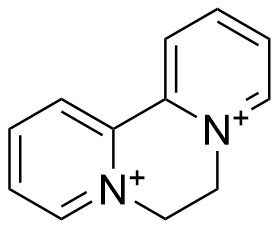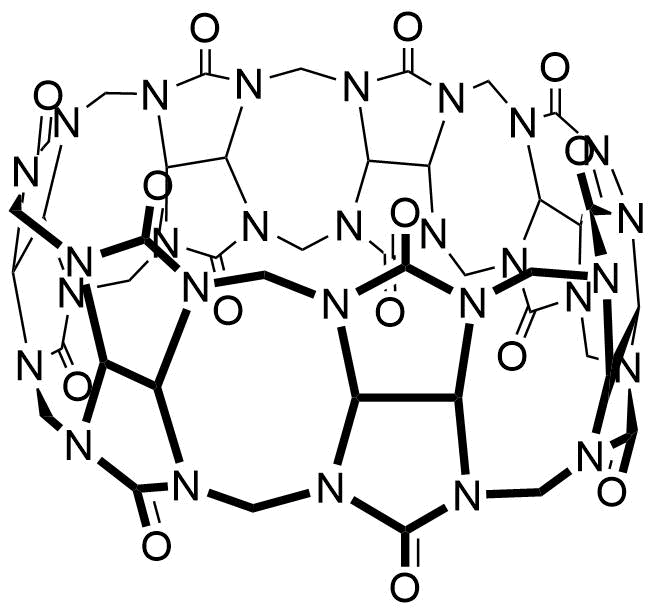Binding Properties
| 𝜈 | Molecule 1 : 1 Host | ||
| Ka = | 350.0 | ± 45.0 | M-1 |
| Kd = | |||
| logKa = | |||
| T | 25.0 °C | ||
| Energy | kJ mol-1 | kcal mol-1 | |||
|---|---|---|---|---|---|
| ΔG | = | -14.52 | ± 0.32 | -3.47 | ± 0.08 |
These are the specifications of the determination of the experimental results.
| Detection Method: | Direct | |||
| Assay Type: | Direct Binding Assay | |||
| Technique: | Fluorescence | |||
| 𝛌ex | = | 310.0 nm | ||
| 𝛌em | = | 400.0 nm | ||
| Ibound⁄Ifree | = | 6.0 | ||
Detailed information about the solvation.
| Solvent System | Buffer System | 100 mM phosphate buffer pH-7.0 |
| Solvents | water | |
| Source of Concentration | estimated | |
| Total concentration | 100.0 mM | |
| pH | 7.0 |
Please find here information about the dataset this interaction is part of.
| Citation: |
Y. Ling, J. Mague, A. Kaifer, SupraBank 2025, Inclusion Complexation of Diquat and Paraquat by the Hosts Cucurbit[7]uril and Cucurbit[8]uril (dataset). https://doi.org/10.34804/supra.20210928331 |
| Link: | https://doi.org/10.34804/supra.20210928331 |
| Export: | BibTex | RIS | EndNote |
Please find here information about the scholarly article describing the results derived from that data.
| Citation: |
Y. Ling, J. T. Mague, A. E. Kaifer, Chem. Eur. J. 2007, 13, 7908–7914. |
| Link: | https://doi.org/10.1002/chem.200700402 |
| Export: | BibTex | RIS | EndNote |
Binding Isotherm Simulations
The plot depicts the binding isotherm simulation of a 1:1 interaction of Diquat (0.05714285714285714 M) and CB7 (0 — 0.11428571428571428 M).
Please sign in: customize the simulation by signing in to the SupraBank.




